11 September, Ankara
Sevecen Otel 84TL
Another super day during which we travelled
west of Ankara to the tiny village of Yassihöyϋk, site of the ancient Phrygian capital
of Gordion, to view the Midas Mound. Gordion’s most famous king was Midas, whose
touch turned things to gold; and it was in Gordion that Alexander the Great cut
the Gordion knot in 333BC. Gordion was settled some 3000 years ago by migrants
from the Balkans. The Phrygians buried their elite in large wooden rooms which
were then hidden under tons of rubble and earth that formed enormous tumuli or
burial mounds, in fact sizeable hills. Around 80 tumuli dot the moonscape
around Yassihöyϋk, the largest being the Midas Mound at 53 metres in height and
300 metres in diameter. The intact tomb was discovered and excavated in 1957
and today one can walk a lengthy underground tunnel to view the burial room,
the size of a small cottage, constructed of pine and juniper logs. Inside the
tomb was the body of a man in his 60s and many burial objects including inlaid wood
furniture and bronze containers holding the remnants of a funeral feast. (Modern
Midas Touch beer was created by reverse engineering the contents of the
funerary containers.) Despite its name, the tomb is unlikely to be that of
Midas and may in fact be that of his father Gordius. At the museum across the
road is the world’s oldest mosaic pavement.
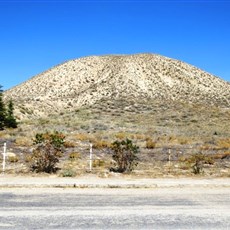
Midas Mound, Gordion
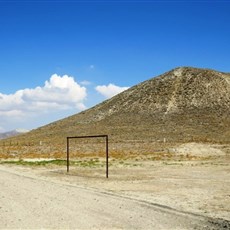
Midas Mound, Gordion
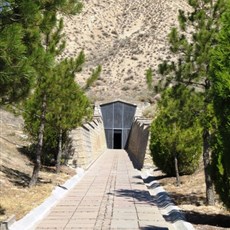
Midas Mound entrance tunnel, Gordion
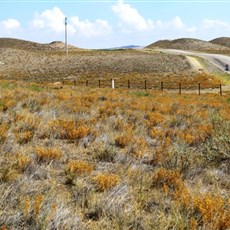
Gordion - other tumuli or burial mounds
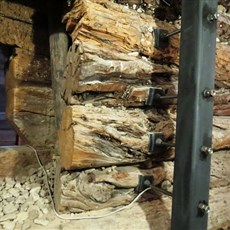
Midas Mound, Gordion - pine and juniper tomb
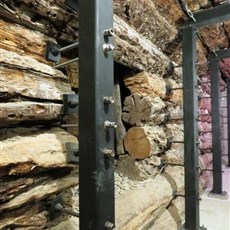
Midas Mound, Gordion - pine and juniper tomb
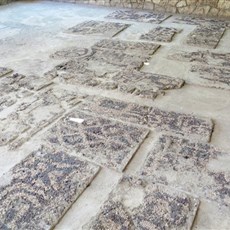
Gordion - pebble mosaic
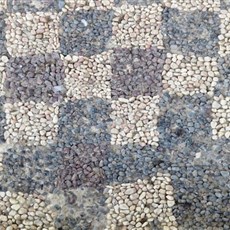
Gordion - pebble mosaic